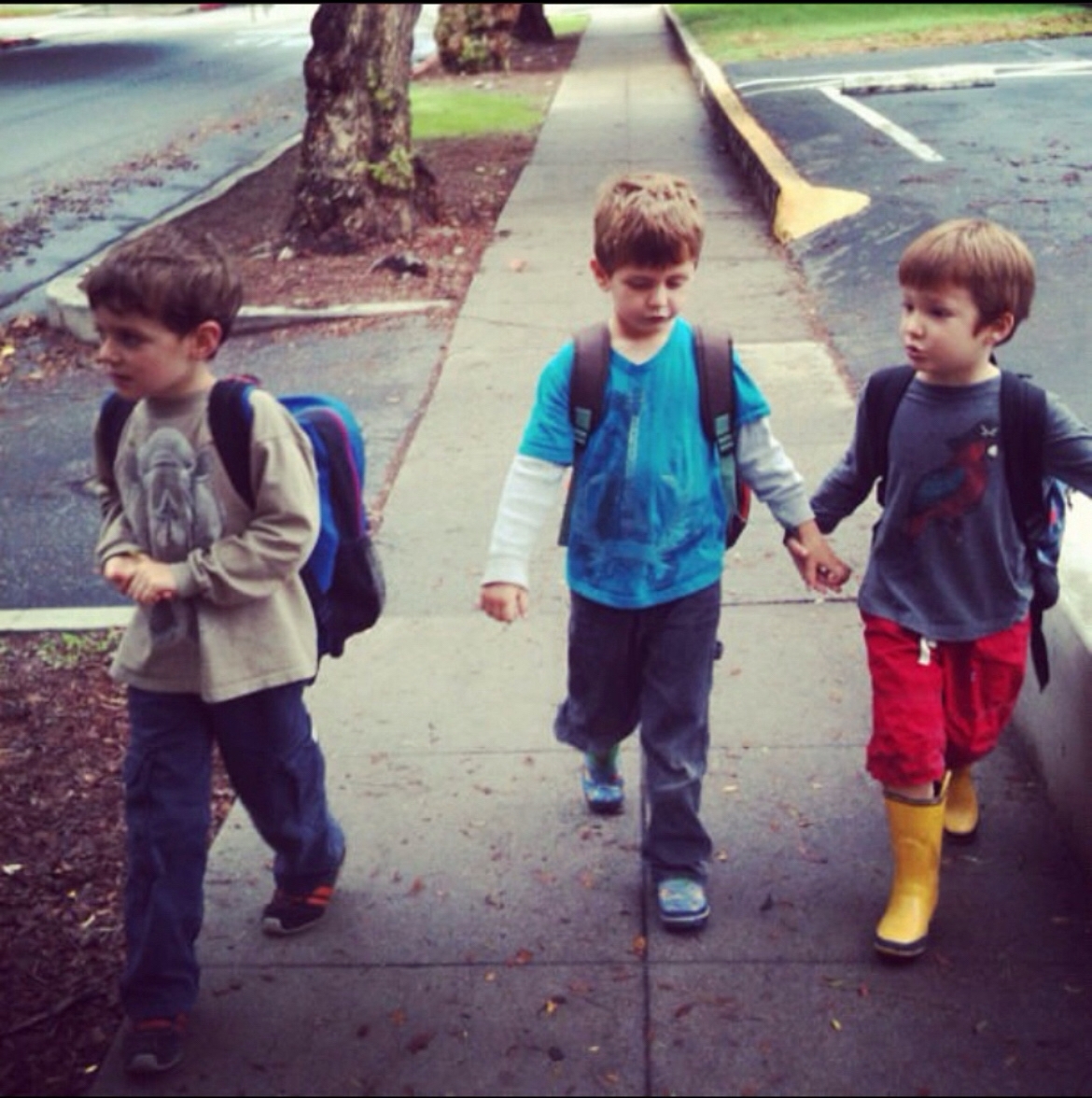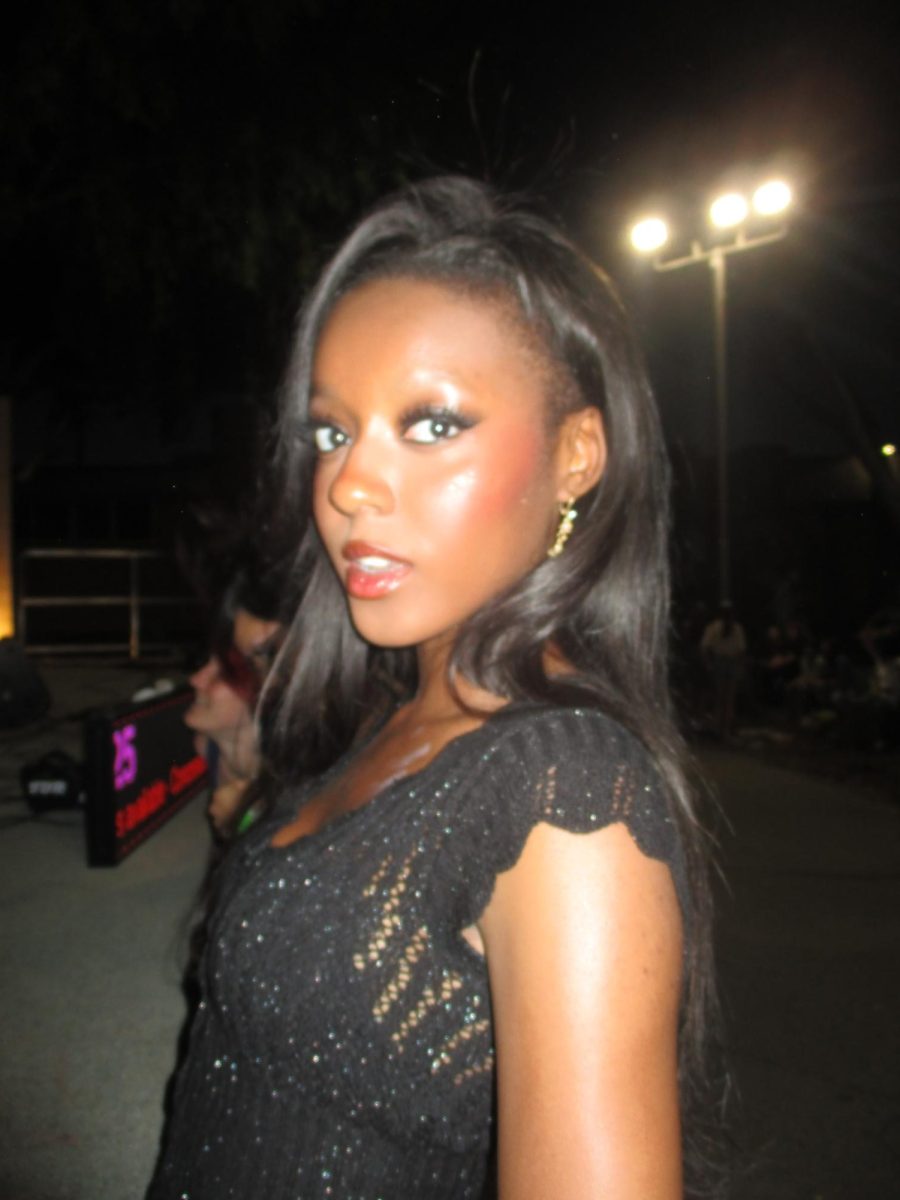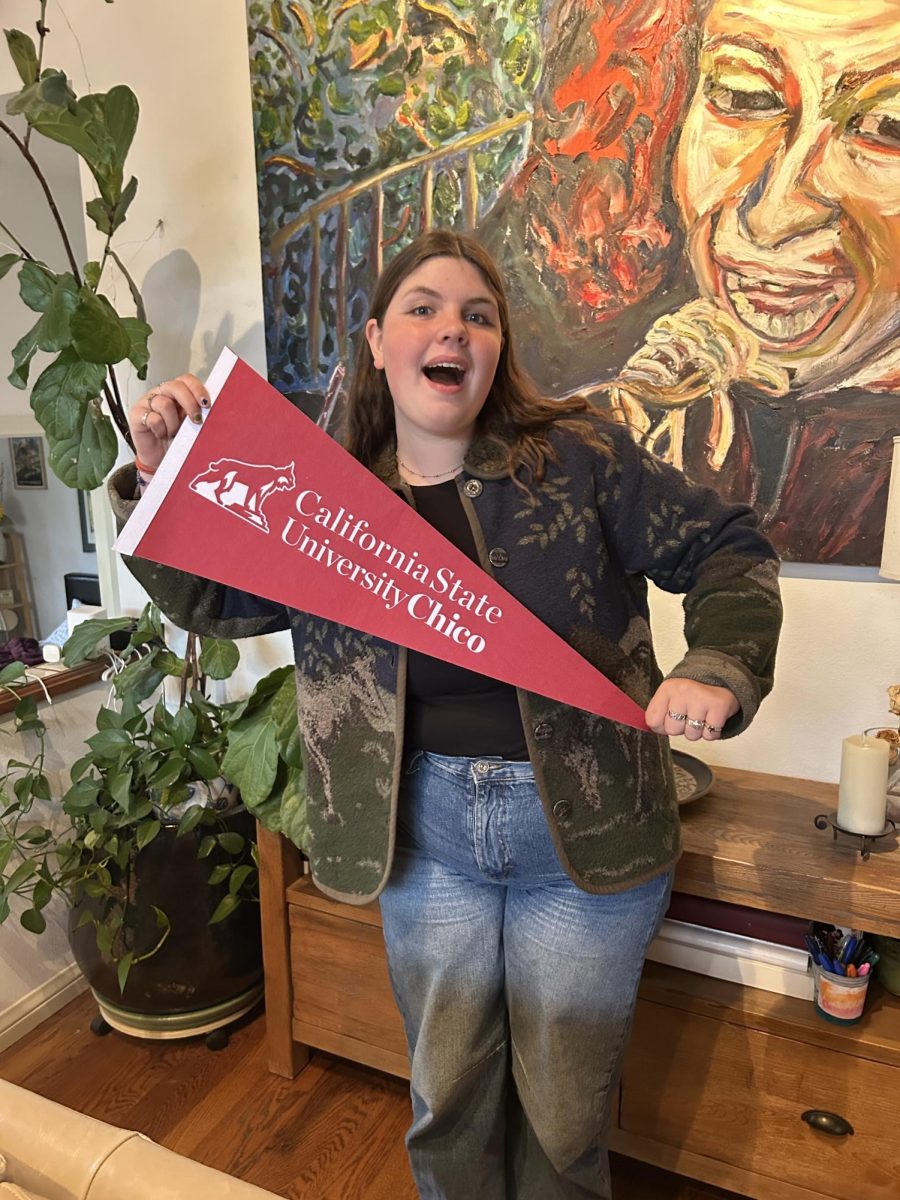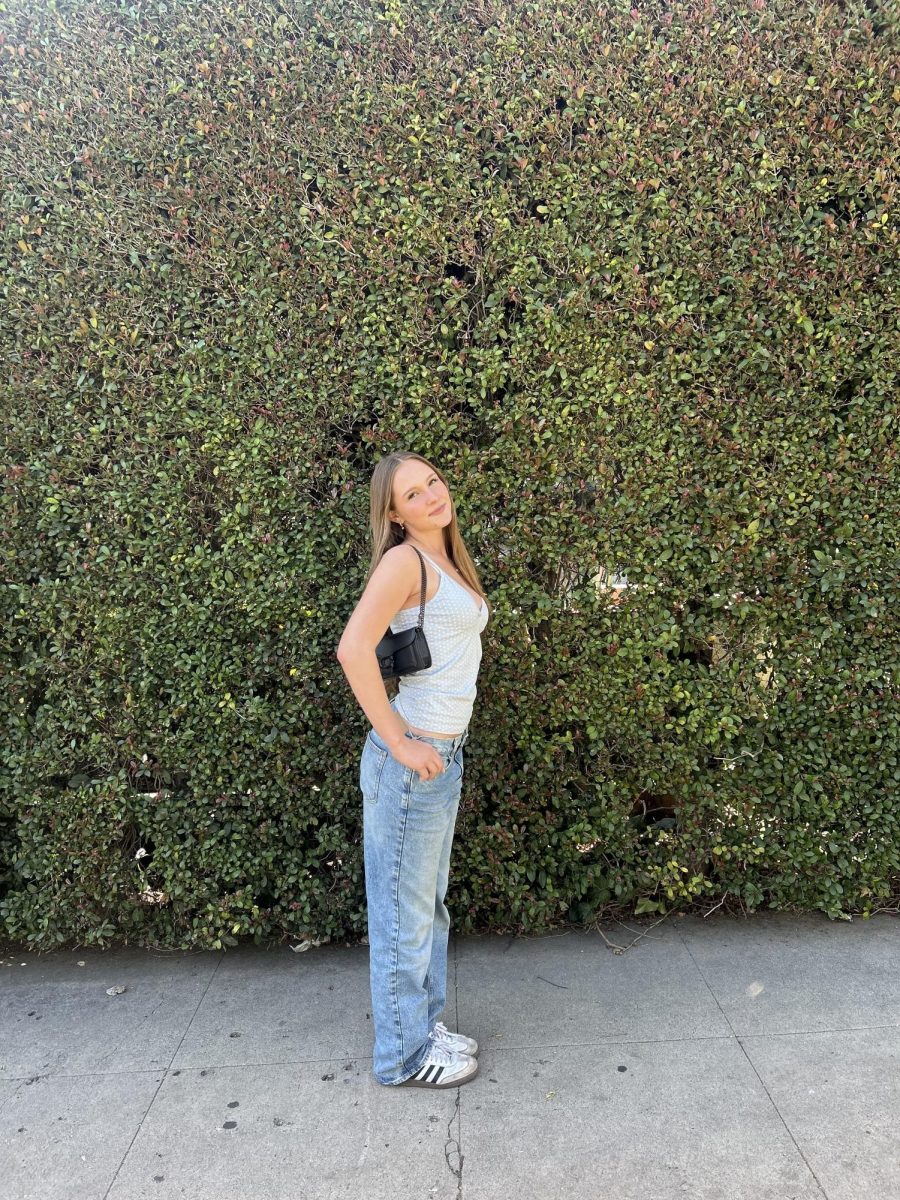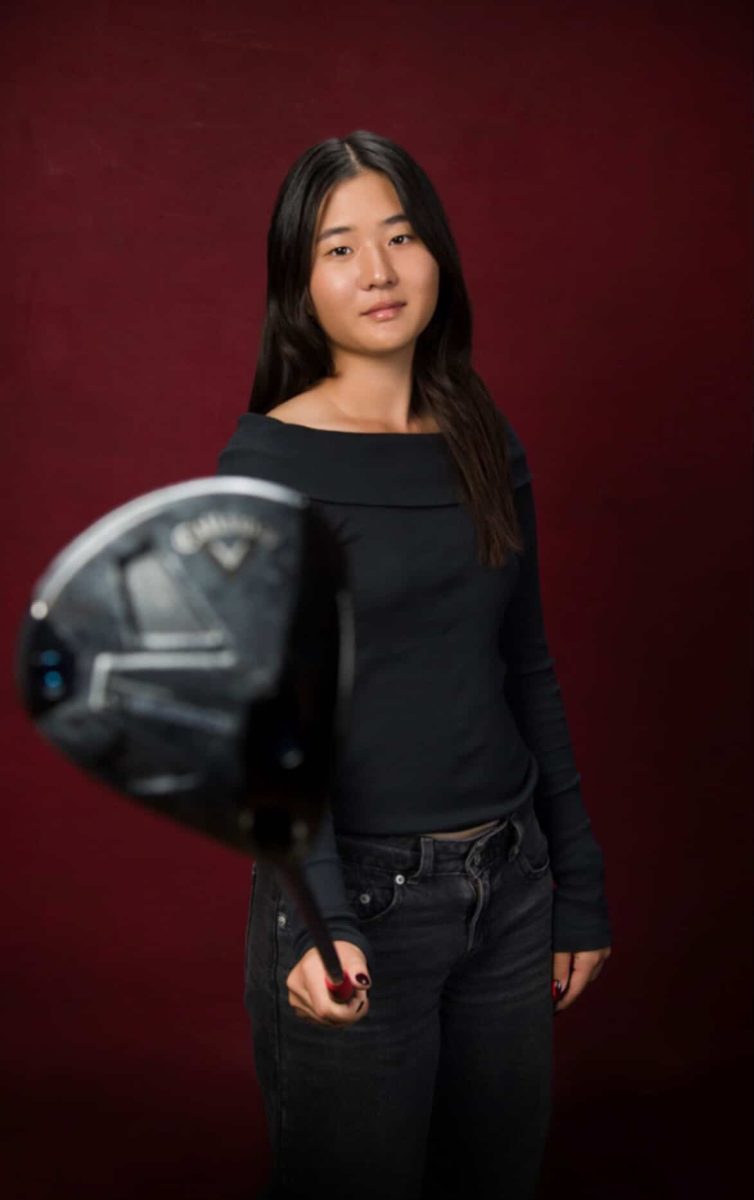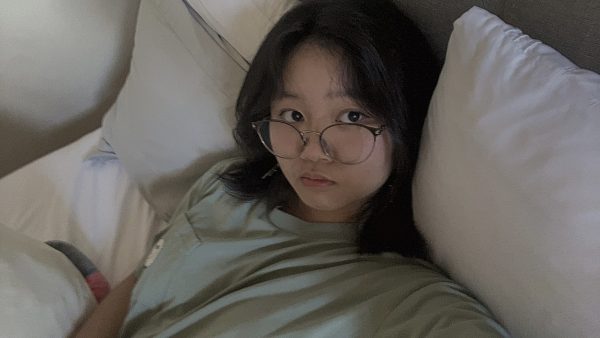With the arrival of spring comes the long-awaited prom season. Dresses and suits fly off racks as high school students flood stores with family and friends in pursuit of a “perfect” look. But as this frenzy progresses, there is a trend in dresses that stands out. They all seem to be tall, strapless, slim, backless, form fitting, or some combination of the five. Given that these are only a small selection of what a dress could be, it should be no surprise that those styles are not everyone’s cup of tea.
As time goes on, it can be particularly discouraging to look for dresses in person. Some people end up ordering online or from outside of the country, all part of the process of finding something they are merely satisfied with. Senior Kelsey Ha describes her experience with prom dress shopping.
“I liked most of the more detailed designs on some dresses,” Ha said. “But what I disliked was the length, because it would mean I’d have to get the dress tailored, which can be really difficult depending on the design—not to mention the cost of tailoring.”
Senior Dylan Kim shares a similar train of thought with Ha.
“I dislike the price to achieve a ‘dream’ dress,” Kim said. “Not only do you have to find a dress you like, but you have to consider the price and the alterations you will have to make for someone who is shorter than the average height.”
Stores are also very limited in what they can sell, and it might be hard for shoppers to find a dress they both look good in and like. When a dress is not found in person, what ends up happening is online ordering. Although options and styles are more varied than what is in stores, also having the added benefit of being more size-inclusive, there is no guarantee that the dress will even fit or look good on a person. Ha, who ended up ordering her dress online, explains why she did not order from an in-person store.
“I wish we could see different styles [of dresses],” Ha said. “Most dresses are sparkly or have sequins, and the ones that are form fitted typically look basic from my perspective. So seeing a dress style that offers lots of different styles—Lolita for example—would immediately draw me in.”
DISCLAIMER: Lolita is a dress style that leans on modesty, typically enunciated with ruffles and lace and heavily inspired by Victorian fashion. It is not meant to be confused with the pop culture elements that give the style a sexual connotation.
Kim also had the same thoughts, in addition to pointing out a few things they have noticed when shopping.
“Dress stores that I have been to have the same style, and in my opinion, some unnecessary and strange design choices,” Kim said. “Even going to a store meant for the same aesthetic style for what you are searching for, it’s still difficult to find many things that match your vision.”
A majority of the dresses in stores and online still follow conventional beauty standards—they look best on someone slim, with curves in the right places and an hourglass figure. It can lead to someone turning down a dress they find stylish simply because they know it would not match their body shape.
Kim also believes that many dress styles are not inclusive to all body types. A dress that only offers small through large as sizes excludes those who would need an extra small or extra large excludes a large part of the population.
“I often feel discouraged when shopping for dresses and clothes in general as I am not the ‘perfect’ height or ‘perfect’ body,” Kim said. “Many dresses don’t fit me the way they are designed to, or don’t fit length-wise. Some are too small, but going a size up is too big. It’s always been a struggle and I’ve gained the hatred of buying things I think may fit me perfectly [but don’t].”
Prom is an event in which one is expected to look perfect, but not being able to find a dress that suits them may ruin that dream. The lack of dress variety and sizing inclusivity remains a problem, and dress stores must step up to consider expanding inventory for more styles and more than just the “perfect” body type.




